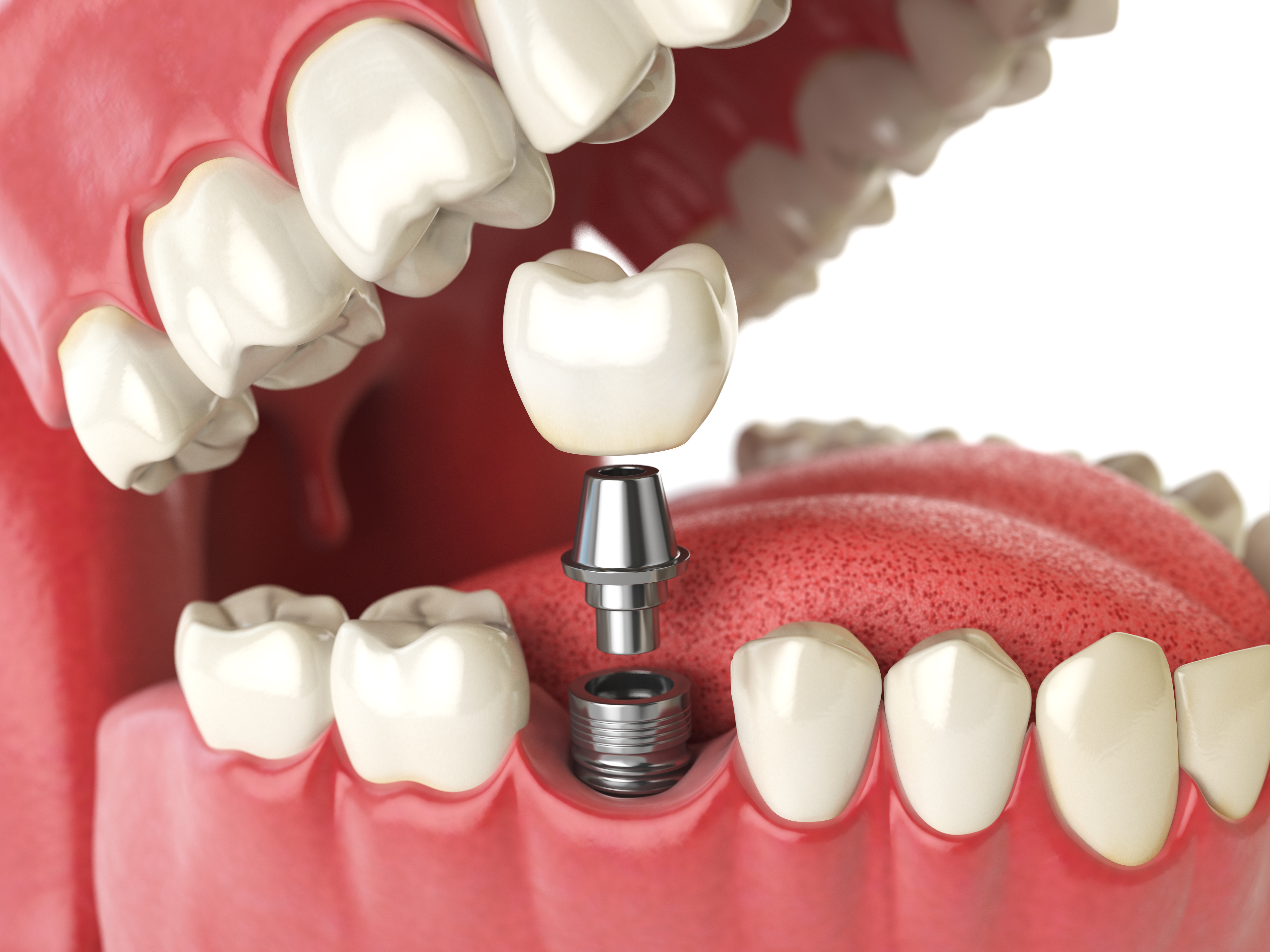Screwless Dental Implants: A Modern Alternative to Traditional Methods
Dental implant technology continues to evolve, offering patients more comfortable and aesthetically pleasing options. Among these innovations, screwless implant mechanisms represent a significant advancement over traditional screw-based systems. These modern alternatives provide unique benefits in terms of durability, appearance, and overall patient satisfaction, particularly for those seeking long-lasting tooth replacement solutions.

Dental implants have revolutionized tooth replacement, offering a permanent solution that closely mimics natural teeth in both function and appearance. While traditional screw-based implants have been the standard for decades, screwless implant mechanisms are gaining popularity for their unique advantages. This article explores the differences between these two approaches, their aesthetic and durability benefits, and who might be suitable candidates for these innovative dental solutions in Australia.
Screwless Implant Mechanism vs Traditional Screws
Traditional dental implants typically consist of three components: the titanium implant that fuses with the jawbone, an abutment secured with a screw, and the visible crown. This screw-based system has proven effective but comes with certain limitations. Micro-movements can occur at the screw junction, potentially leading to complications over time.
In contrast, screwless implant systems utilize innovative connection mechanisms such as friction-fit or conical connections that eliminate the need for retaining screws. These connections create a more seamless integration between the implant and abutment, reducing the risk of bacterial infiltration at connection points. The absence of screws also eliminates the risk of screw loosening or fracture, which accounts for approximately 6-20% of complications in traditional implants.
The engineering behind screwless systems also allows for more precise load distribution throughout the implant and surrounding bone, potentially reducing stress concentrations that can lead to bone loss around the implant site.
Aesthetic and Durability Advantages of Screwless Implants
The aesthetic benefits of screwless implant systems are particularly notable in the anterior (front) region of the mouth. Without access holes for screws, dentists can design more natural-looking crowns with improved color matching and translucency. This is especially important for front teeth where aesthetic considerations are paramount.
From a durability perspective, screwless systems demonstrate several advantages. The elimination of screw access channels preserves the structural integrity of the prosthetic crown, making it less susceptible to chipping or fracturing. The more stable connection also reduces micro-movements that can cause wear on components over time.
Clinical studies have shown that screwless implants maintain better crestal bone levels over time compared to traditional systems. This improved bone preservation contributes to better long-term stability and aesthetics, particularly at the gumline where bone loss can create visible defects.
The sealed connection in screwless systems also provides better protection against bacterial infiltration, potentially reducing the risk of peri-implantitis, an inflammatory condition that can lead to implant failure.
Suitability and Candidacy for Australian Patients
While screwless implant systems offer numerous advantages, they aren’t universally appropriate for all patients. Ideal candidates typically have sufficient bone volume and density to support the implant. Those with severe bone loss may require bone grafting procedures before becoming eligible for any type of dental implant.
Australian dental professionals typically consider several factors when determining candidacy for screwless implants. These include the patient’s overall oral health, smoking status, presence of conditions like diabetes that might affect healing, and the specific location of the missing tooth.
Screwless implants may be particularly beneficial for patients with high aesthetic demands, especially for front tooth replacements where appearance is crucial. They’re also well-suited for patients who have experienced complications with traditional screw-retained implants in the past.
Australian dental clinics increasingly offer both traditional and screwless options, allowing for personalized treatment planning based on individual patient needs. The decision between systems should be made in consultation with a qualified dental implant specialist who can assess specific circumstances.
Cost Considerations for Dental Implant Options
The investment in dental implant technology varies based on several factors including the system chosen, the complexity of the case, and the dental provider’s expertise. Generally, screwless implant systems may command a premium over traditional screw-retained options due to their advanced engineering and potential benefits.
| Implant Type | Average Cost Range (AUD) | Key Features |
|---|---|---|
| Traditional Screw-Retained | $3,000-$5,500 per tooth | Established technology, widely available, more economical |
| Screwless Systems | $3,500-$6,500 per tooth | Improved aesthetics, potentially better durability, reduced complications |
| Full-Arch Solutions (Traditional) | $20,000-$30,000 per arch | Complete tooth replacement for one jaw |
| Full-Arch Solutions (Screwless) | $25,000-$35,000 per arch | Enhanced stability and aesthetics for full jaw reconstruction |
Prices, rates, or cost estimates mentioned in this article are based on the latest available information but may change over time. Independent research is advised before making financial decisions.
Maintenance Requirements and Long-term Outcomes
Regardless of the implant system chosen, proper maintenance remains essential for long-term success. Australian dental professionals typically recommend regular professional cleanings every 3-6 months and diligent home care including brushing, flossing, and possibly the use of specialized cleaning tools for implants.
Screwless implant systems may offer some maintenance advantages. Without screw access channels that need periodic retightening, maintenance visits might focus more on hygiene than mechanical adjustments. The sealed connections in screwless systems may also reduce the accumulation of bacteria at the implant-abutment junction, potentially contributing to better long-term gum health around the implant.
Long-term clinical studies show promising results for screwless systems, with some research indicating survival rates exceeding 95% after ten years. However, individual outcomes depend heavily on patient factors including oral hygiene practices, smoking status, and overall health.
The decision between traditional and screwless implant systems should be based on a thorough discussion with a dental implant specialist who can evaluate specific needs, expectations, and anatomical considerations. Both systems can provide excellent results when properly planned and executed by experienced professionals.
This article is for informational purposes only and should not be considered medical advice. Please consult a qualified healthcare professional for personalized guidance and treatment.




